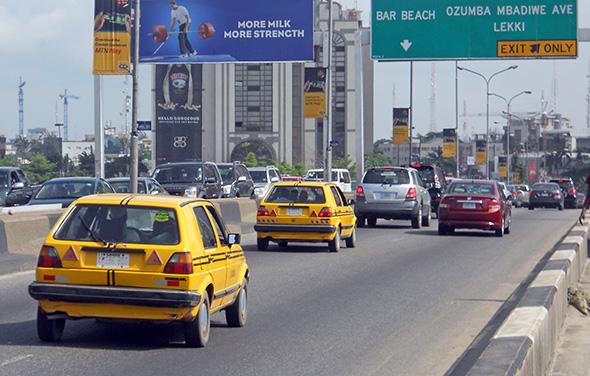
Not many people in countries with relatively peaceful streets—relative to Iraq, Afghanistan and other hostile environments—would think they need advice on how to hail a taxi. But in many countries, terrorists and criminal kidnappers can easily take advantage of the naiveté and complacency of a visitor who doesn’t know any better.
GardaWorld’s International Services clients do not normally use local taxis, but we do teach taxi safety as part of our Hostile Environment Awareness pre-deployment training. This advice works for any lone traveler in any country in the world, however, and can help you stay safe—even in North America.
Below are five tips that can help ensure safe passage when hailing a taxi and while riding in one:
1. Pickup: Ideally, call or have your hotel or host call an established taxi company. Then, before you get in, ask the driver to verify your name. Otherwise, always try to take a taxi that’s marked as one. Anyone with a car can call themselves a taxi, which is essentially a driver for hire, but a marked taxi improves the likelihood that you’re getting into a legitimate taxi. Or try to find a taxi at reputable taxi stand or in front of an international hotel, if either exists.
2. Seating: When you get into the taxi, sit behind the driver. In this position, you can watch the driver’s eyes in the rearview mirror, for any edginess that might foretell trouble. Sitting behind driver also makes it hard for them to turn and grab you. This backseat position also puts you farthest away from the curb, making it more difficult for pedestrians to see who you are or to open the door and grab your belongings. If you sense trouble and need to escape, you can bail out the driver’s side, which makes it difficult for him (or, rarely, her) to turn around quickly, giving you that much more time to escape to the opposite side of the road away from the threat.
3. Luggage: We generally advise clients to put their luggage in the trunk, not on the seat next to them. If you are stopped at an armed checkpoint, a clear seat makes it less distracting for the checkpoint’s personnel. It also helps confine their search of the luggage to the trunk of the car. If they do search your luggage, don’t resist or protest because doing so can make them think you’re hiding something and prompt them to rummage your belongings even more than they might otherwise.
4. Call enroute: Another way to reduce your risk is to make a phone call at the beginning of your journey. We advise clients to call someone at their destination or departure point to explain where they are and when they expect to arrive. Second-best, we suggest they just fake a call following the same protocol. They should loudly say they’ve gotten in a taxi at such-and-such place, tell the person on the call where they are going, describe the taxi (and give its number, if one) and, finally, when they expect to arrive. The reason for doing this, even if they’re faking the call, is to let the driver know that someone else is expecting them and will start an immediate search if they do not arrive when they say they will. Of course, this also lets the driver know that the search will start with his taxi.
5. Basics: Lock your doors, wear your seatbelt and keep your windows rolled up. This sounds like common sense, but given that high-threat markets are often in hot climates and the car’s air-conditioning (if any) might need servicing, passengers may be tempted to roll down their windows to stay cool. But this makes you easier to identify and reach by people outside the car. Also, wearing your seatbelt will obviously improve your chances of surviving an accident or an IED (roadside bomb). In fact, Road Traffic Accidents (RTAs) are the biggest cause of death and injury in Iraq and Afghanistan.
* * *
Clients of GardaWorld’s International Services—including many of the world’s largest corporations, institutions and NGOs—trust us to protect their people in complex and emerging markets. For more information, please visit: https://www.garda.com/security-services.








